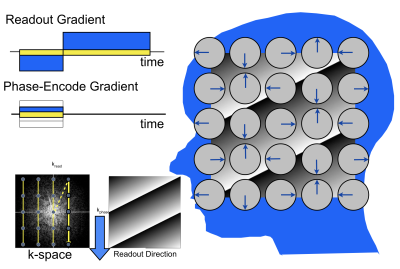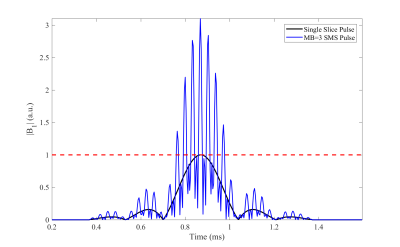Weekend Educational Session
Data Acquisition & Image Reconstruction I
Session Topic: Data Acquisition & Image Reconstruction I
Session Sub-Topic: Data Acquisition & Image Reconstruction I
Weekend Course
ORGANIZERS: Mariya Doneva, Kawin Setsompop
| Sunday Parallel 4 Live Q&A | Sunday, 9 August 2020, 14:00 - 14:30 UTC | Moderators: Spatial Encoding & Contrast Preparation: William Grissom RF Pulses, Preps & Calibrations: Martijn Cloos |
Skill Level: Basic to Advanced
Session Number: WE-16A
Overview
This course will describe MRI acquisition and reconstruction methods. The basic signal encoding principles as well as more advanced acquisition techniques, including non-Cartesian sampling, contrast preparation, and simultaneous multi-slice encoding, will be described. Advanced image reconstruction methods that leverage coil sensitivity information and other constraints will be presented, including compressed sensing, low rank and learned representations. Finally, motion- and off-resonance-related artifacts and methods for their corrections will be presented.
Target Audience
MR scientists who wish to acquire an understanding of advanced MRI acquisition and reconstruction techniques.
Educational Objectives
As a result of attending this course, participants should be able to:
- Define the principles of different methods and pulse sequences for spatial encoding and contrast preparation in MRI;
- Describe the principles and applications of RF pulse design;
- Compare and contrast several current methods for reconstruction of under-sampled data; and
- Explain the off-resonance and motion-related artifacts and current methods for their correction.
| Spatial Encoding & Contrast Preparation | ||
 |
MR Basics Recap: Signal Encoding & k-Space
Brian Hargreaves
In MRI, spatial localization is provided by the use of gradients, and augmented by use of RF coil arrays. Gradients impart a linear phase variation of the transverse magnetization of any magnitude and direction. The resulting acquired signal is the Fourier transform of the magnetization for the specific linear phase, known as the k-space location. With sufficient sampling of signal across k-space locations, an inverse Fourier transform can reconstruct the magnetization distribution, or image. The Fourier relationship between image and k-space signals offers tremendous intuition for imaging tradeoffs, including resolution, field-of-view, artifacts, the use of multiple coils, and signal excitation.
|
|
| Non-Cartesian Sampling: Advantages & Pitfalls
Kathleen Ropella-Panagis
Cartesian sampling is simple to implement, robust, and widely used in clinical applications. However, there are numerous reasons to use non-Cartesian sampling methods. This talk will cover advantages of non-Cartesian sampling; disadvantages of non-Cartesian sampling, including ways to mitigate them; and examples of non-Cartesian sampling methods and their clinical utility.
|
||
| Contrast Prep: GE/SE, TSE, SPACE, GRASE
V. Andrew Stenger
|
||
| RF Pulses, Preps & Calibrations | ||
| RF Pulse Design
Shaihan Malik
RF pulses are an integral part of every MR sequence, and may take on multiple different functions (excitation, saturation, inversion, refocusing, etc…). The Bloch equation governs the interaction between RF fields and magnetization, and so RF pulse design is essentially the process of inverting the Bloch equation: we ask “What should the RF fields do given the way we want the magnetization to end up?”. This talk will cover: the small tip angle approximation (STA); Shinnar Le Roux (SLR) pulse design method; Multidimensional and multiband RF pulses; and Parallel transmission pulse design.
|
||
 |
Applications of RF Pulse Designs: Inner Volume Imaging, SMS, B1 Shimming & pTx
Sydney Williams
This talk reviews a few popular RF pulse design applications: inner volume imaging, simultaneous multislice, $$$B_{1}$$$ shimming, and parallel transmission. |
|
| Preps & Calibrations: Measuring Non-Imaging Data with the Scanner
Benedikt Poser
|
||

 Back to Program-at-a-Glance
Back to Program-at-a-Glance Watch the Video
Watch the Video Back to Top
Back to Top